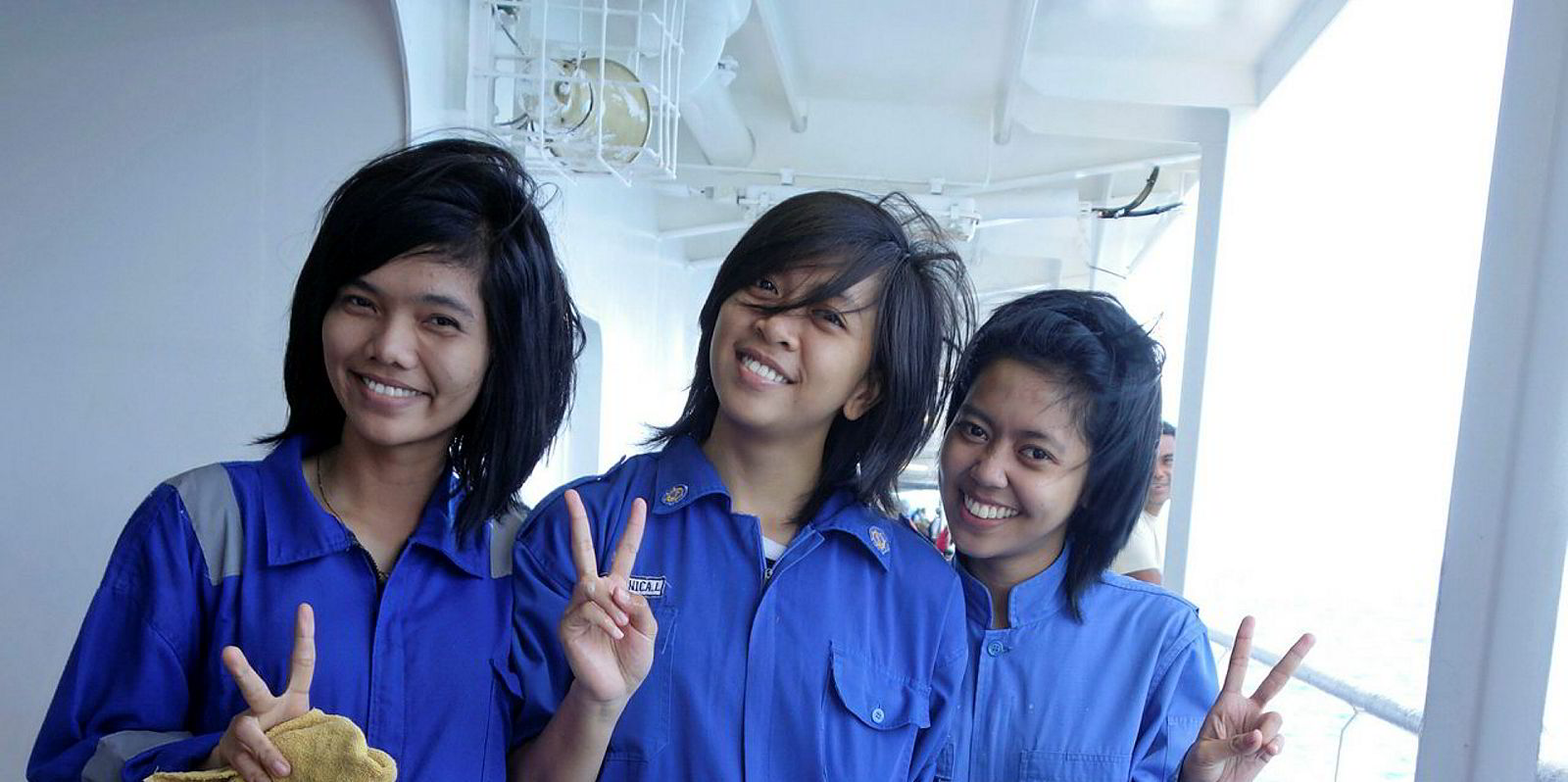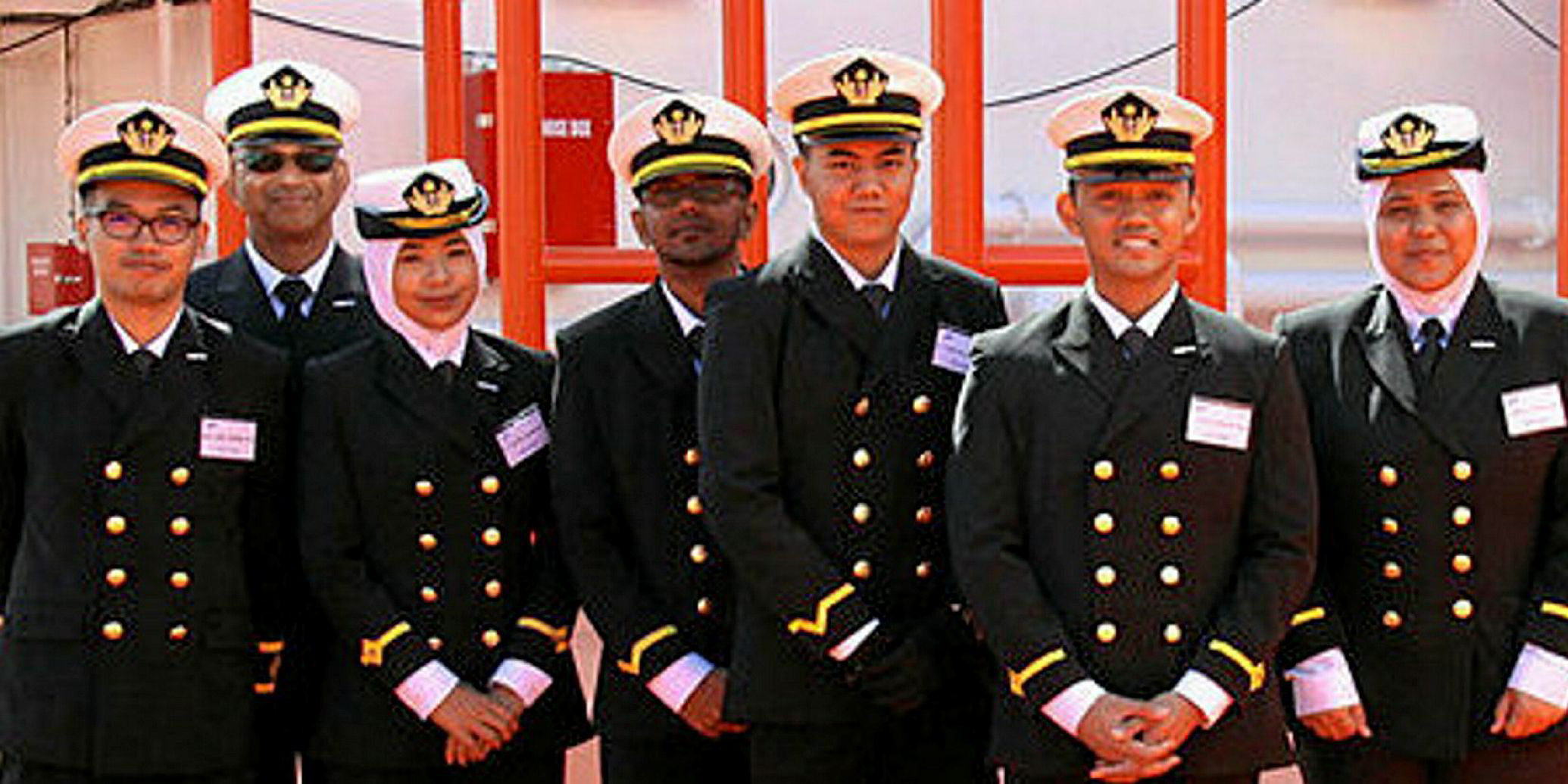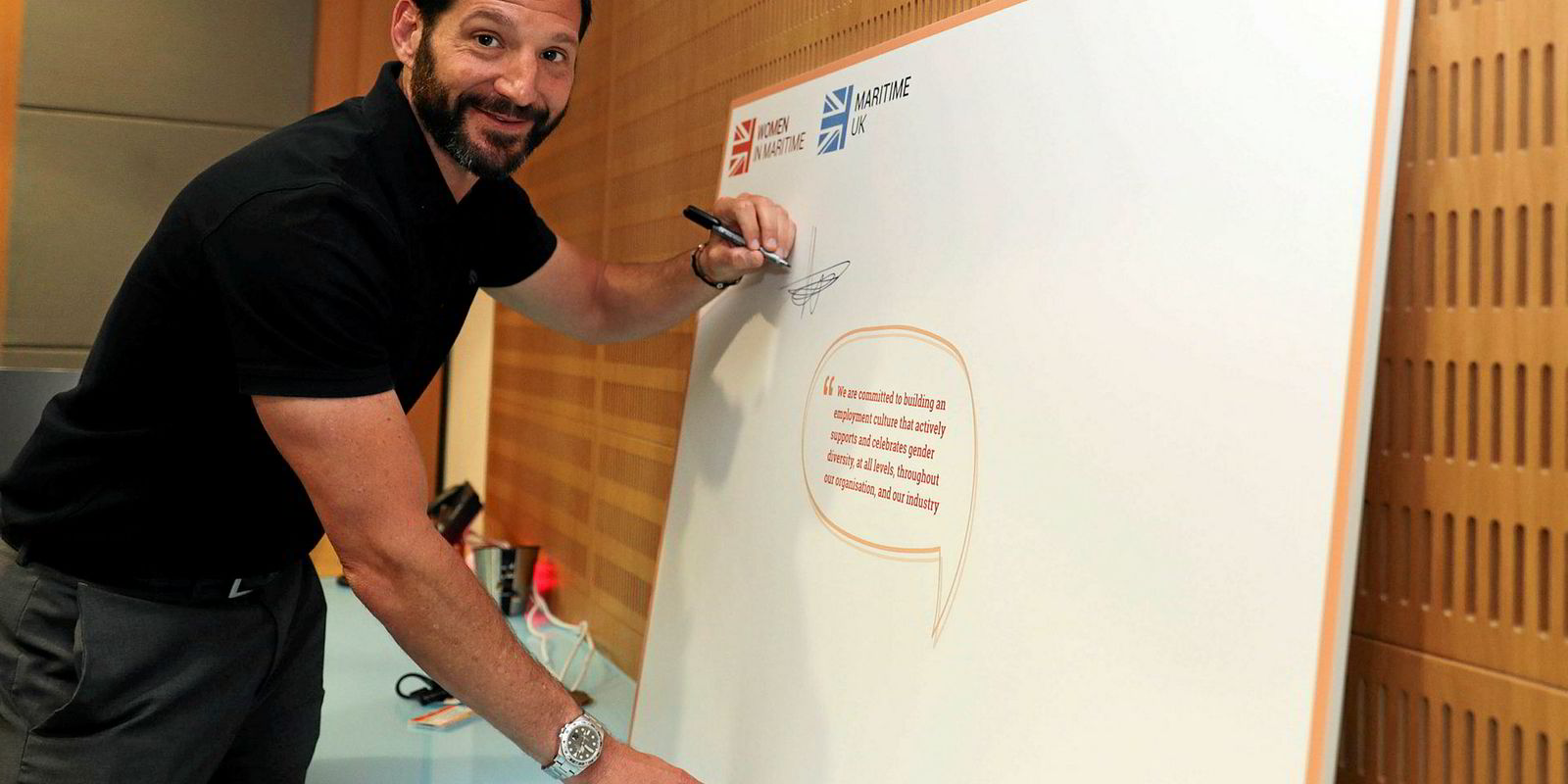Women are increasingly prominent in executive roles in shipping, but their participation in seagoing jobs remains minimal.
Less than 2% of the seagoing workforce are women, according to the International Transport Workers’ Federation, and over 90% of them are working in the hotel department of cruiseships.
This is despite the launch of an IMO campaign nearly 30 years ago to increase the proportion of women in the seagoing workforce to 30%.
Embracing change
“It shows the industry has not embraced gender equality,” says Karen Avelino, an executive director at Philippine Transmarine Carriers, a supplier of Filipino crew.
Shipping is missing out on a large section of the workforce by failing to make seagoing careers attractive to women, she says.
And not only does this have an impact on the global seafarer pool, but it could have repercussions on the corporate side as well.

Avelino made her remarks at a CrewConnect conference in Manila during a panel debate on the role of women in shipping, where many speakers highlighted the need to increase their numbers at sea as a business necessity and not just because of gender inequality.
“We do have a shortage of seafarers and women are a good source to utilise,” says Angie Hartmann, executive vice president of crew affairs at Star Bulk Carriers.
The problem right now is in shore-side positions that require sea experience, you can only hire men
Danish Maritime Authority (DMA) director general Andreas Nordseth says the lack of women in seafaring roles affects the flow of competence from sea-side to shore-side positions.
“The problem right now is in shore-side positions that require sea experience, you can only hire men,” he says.
Male domain
The lack of female seafarers, be they deck officers, engineers or ratings, may be largely attributed to commercial shipping being kept exclusively in the male domain for most of its existence.
Female cadets from Europe and North America have been present onboard vessels for some time, and the more enlightened shipping companies worldwide have adopted the practice in recent years.
A growing trend has seen the emergence of women at sea coming from countries such as Malaysia, Indonesia, South Africa, the Philippines and in the Middle East, where women have until now had a negligible presence in the seagoing workforce.

That geographic diversity continues to grow. China Navigation Co has just hired its first 10 female deck and engine cadets from Papua New Guinea.
China Navigation general manager of sustainable development Simon Bennett says achieving greater diversity and inclusion is a key target for the company.
Developing local talent in the markets it serves is also a priority for China Navigation.
While women are taking command of ships, ranging from bulkers to tankers to cruiseships, as a percentage of the workforce their numbers remain small. Part of the reason is that much more needs to be done to make seagoing careers attractive to women.
Appealing to women
Nordseth argues that while there are a lot of companies eager to employ women, there are few female role models in the industry.
“We need to tell women that there are actually career opportunities out there,” he says.
Senior shipping executives tell TradeWinds it is hard to recruit female cadets.
For Nitin Mehta, chief executive of Dubai-based bulker operator Tomini Shipping, industry-wide efforts are needed to achieve this goal, as individual companies face challenges.
“We have female cadets. We are pushing our crew managers to provide us with more, but it is hard to get them,” he tells TradeWinds.
“Yes, with some nationalities there are cultural blocks, but in general very little effort has been made to show women that this is a viable career for them.
“As an industry, we need to do a lot more to encourage women to go to sea.”
We have female cadets. We are pushing our crew managers to provide us with more, but it is hard to get them
Shipping companies may be eager to increase the number of women on their seagoing payroll but women working in shipping say a major change mindset is required on the part of employers.
Pre-sea training
Retention is a particular problem, especially for women beginning their seagoing careers.
According to the DMA, while 30% of pre-sea training candidates in Denmark are women, their numbers form only 3% of graduates.
Valentina Basso, crew development manager for MSC Cruises, says woman working at sea need benefits comparable to those they would receive on land, which includes maternity leave.
Others argue that women do not want to be seen to have gotten their jobs as part of a corporate quota exercise. They want to be there because they are the right person for the job.
“Competence, not gender, should determine who gets the job,” says Nina Sue Da Silva, the first female chief engineer in the Philippines. “I am tired of being told that I work in a man’s world. This is our world as well. We have the power to make changes, too.”





